I graduated from college in 2008, just before the country fell into one of the worst financial crises in history. My peers and I were scrambling for work, scouring Craigslist for jobs that we were overqualified for while watching our parents panic as their 401(k)s dwindled.
Fortunately, once I moved out, I was able to support myself from then on. But a lot of young adults who had moved on from their childhood homes end up retracing their steps back into their childhood bedrooms thanks to a lousy job market and burdensome college debt.
Sound familiar? If you’re struggling financially and thinking about heading back to mom and dad’s house, you’re not alone. But before you start packing up your Funko Pop collection, let’s take a deeper dive into what it means to be a boomerang kid.
Boomerang Generation: Understanding the Trend
So what is a “boomerang kid,” anyway?
The term boomerang generation refers to young adults, generally between the ages of 18 and 34, who leave their parents’ homes for a period, but then boomerang right on back. In fact, following the coronavirus outbreak in 2020, the share of 18- to 29-year-olds living with their parents surpassed the previous peak during the Great Depression era.
While the boomerang phenomenon is often stigmatized as a “failure to launch” or achieve adulthood in the traditional sense, many argue that it’s more a response to shifting economic conditions that have created a longer transition to traditional “adulthood”. Many members of the boomerang generation use this time at home to save money and build financial stability, which can ultimately lead to greater independence and success.
Moving back in with the parents: pros and cons
The decision to move back in with your folks is a big one. So if you’re considering it, make sure you’re aware of the major pros and cons.
Pros:
- Financial benefits: This is the big one and likely the reason why you moved back in the first place. While it’s up to you and your parents to set expectations around how you’ll contribute to the household finances, living with your parents can save you an immense amount of money on rent, which you can direct toward paying off student loans, saving for a home, or any other financial goal.
- Emotional support and family bonding: Had a rough day? Your support system is literally in the next room. They’ve probably already poured you a cup of tea and are ready to nod sympathetically while you rant about your boss.
- Access to amenities and resources: Home is where the free laundry is! In addition to saving money, moving back home probably means the luxuries of middle-class living will be at your disposal. Think: the top-load washer, air fryer, and closet full of extra toilet paper.
Cons:
- Lack of privacy: Remember those high school days when your mom would burst into your room without knocking? That maybe hasn’t changed. Your parents might still view you as their baby, and your romantic endeavors could be subjected to a lot more scrutiny than you’d like. But hey, remember it’s not just you; your parents were probably enjoying their own privacy that comes with a kid-free household. Adjusting to household dynamics: Remember when you had to be home by 11 P.M. and couldn’t leave dirty dishes in your room? Yep, those rules could make a comeback. It’s their house, and while you’re living there, you might have to follow their rules just like old times.
- The stigma: Let’s be honest — people are going to judge you for moving back in with your parents. You might get the occasional side-eye or snicker from friends and dates. But remember, your journey is your own, and there’s no need to feel embarrassed about making smart choices for your life.
How To Make Living With Your Parents Again Work
If you’re going to move back in with your parents, it’s going to take patience and cooperation on everyone’s part. Here’s what you should know.
Step 1: Make a financial plan
You probably don’t want your current situation to be permanent, soo it’s up to you to create a plan for getting back on your feet and move out (your parents will probably be eager to know what your plan is, too).
Set a timeline. This will provide you a clear goal and a timeframe to work with.
Understand your income. Take a look at your current income situation. Is it steady? Is it enough to cover living expenses? If not, you might need to consider finding a better-paying job, getting a second job, or finding a side hustle. And now is a great time to do it.
Hand your parents your budget. Make a detailed list of your expected monthly expenses when you transition to living independently, including rent, utilities, groceries, transportation, health insurance, personal care, entertainment, and more. Don’t forget to account for irregular expenses, like insurance or annual fees. Then compare those expenses to your income. If you’re in the red at the end of the month, you’ll need to figure out how to cut down on some of that spending.
Estimate eventual moving out costs. How much it will cost you to move depends on the types of services you hire. That could be hiring full-service movers, or renting a storage container. There will also be other costs associated with moving, like buying furniture, putting down a security deposit, and fees to set up utilities.
Come up with a savings goal. Now that you have all of these expenses laid out, determine how much money you need to save before you can hit those move out costs.
Save aggressively. You moved in with your parents to save money, so that should be your main focus. This will probably mean cutting back on discretionary expenses like eating out, going to concerts, and placing Amazon orders. (Remember, it’s temporary!)
Monitor your progress. Be sure to regularly review your budget, keep track of your savings, and adjust your plan as needed. There are plenty of free apps that can help you (we like Mint).
Here’s $25 Off Movers

Step 2: Pull your weight (and then some)
Just because you’re back with Mom and Dad doesn’t mean you should revert to adolescence. Think about it this way: How would you handle your living situation if you were moving in with roommates who weren’t also your parents? Hopefully, you would be:
- Helping with chores: Your mom is not your maid. Help out with the dishes, laundry, gardening, or any other housework.
- Contributing financially: Maybe you don’t have a ton of money right now, but try to help where you can. Maybe you pay rent, or simply pick up the groceries when you can. Even a small contribution can go a long way.
- Cooking meals: Offer to take over cooking duties some days. Not only does this give your parents a break, but it’s a great way to hone your culinary skills for when you’re on your own.
- Respect shared spaces: Keep your dirty socks off the living room floor and put dishes in the dishwasher.
- Adhering to house rules: If it’s not your house, it’s not your rules. Do your best to stick with your parents’ expectations (within reason, of course).
- Saying thanks: Sometimes, just saying thank you and acknowledging the sacrifice your parents are making can go a long way in keeping the peace and making them feel appreciated.
Step 3: Communicate, communicate, communicate
The best way to make the best out of your living arrangement and avoid tension or arguments is by practicing great communication. Here’s how:
- Be open and honest: Be clear about your needs, expectations, and feelings. Transparency is key to prevent misunderstandings. If something is bothering you, say so, but in a calm and non-confrontational way.
- But set clear boundaries: Have a conversation with your parents about the boundaries you’d like to establish, such as privacy in your room, schedules, or usage of common spaces. And don’t forget that it’s a conversation, which means you need to listen to your parents’ input, too.
- Set up regular communication: Regular check-ins or family meetings can help keep everyone on the same page. It also provides an opportunity to discuss any concerns or issues that have come up.
- Give each other space: Just as you need your personal space, so do your parents. As much as you probably don’t want to think about it, remember to give them time for themselves.
Final thoughts
Moving back in with your parents after tasting the sweetness of independence is not an ideal situation. But it is common, and it can give you the leg up you need. The important thing is how you and your parents handle it. And hey, you might actually cherish the extra time you got to spend with your folks one day.




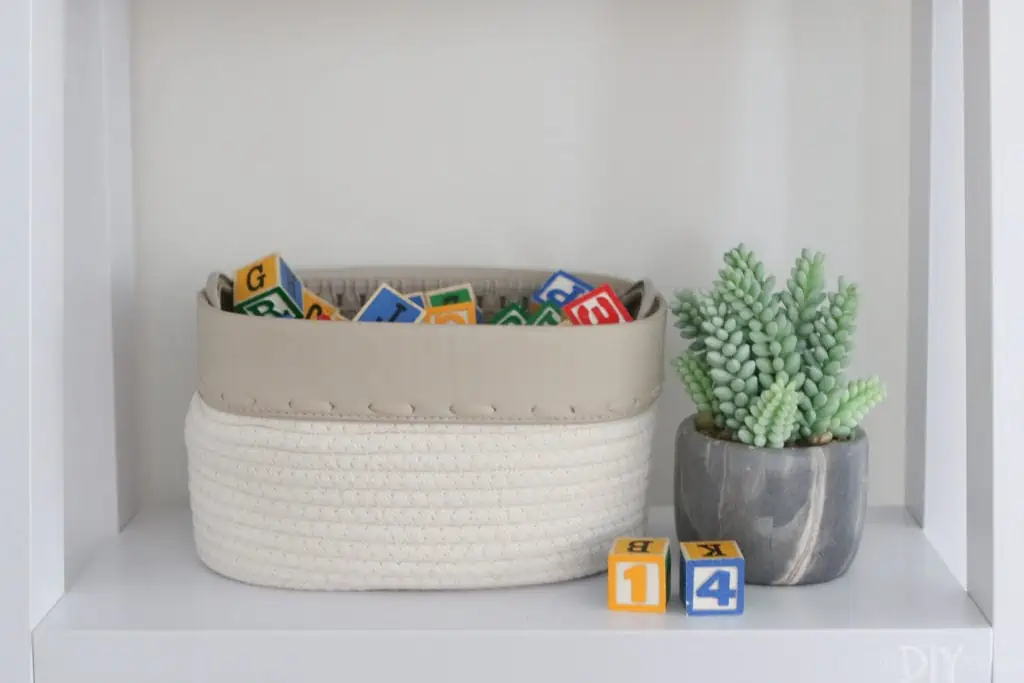
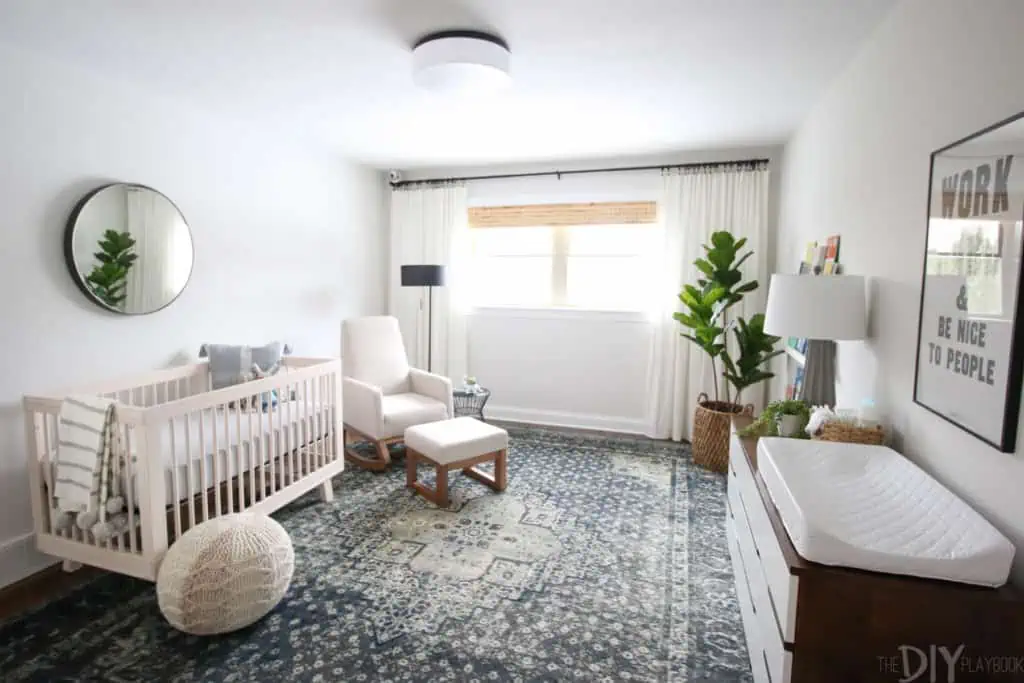



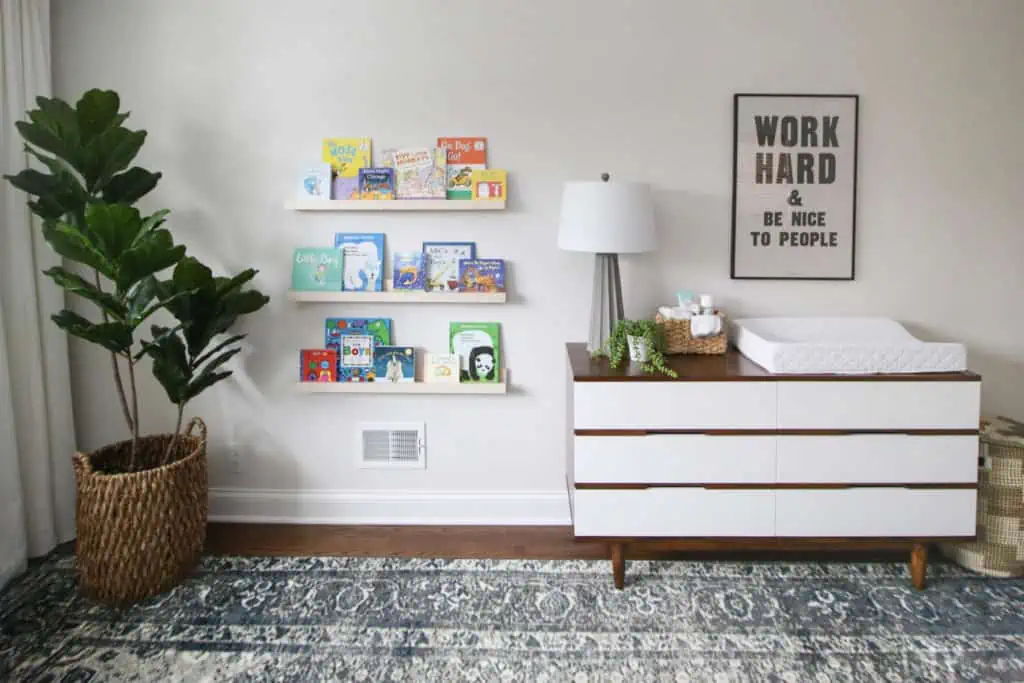
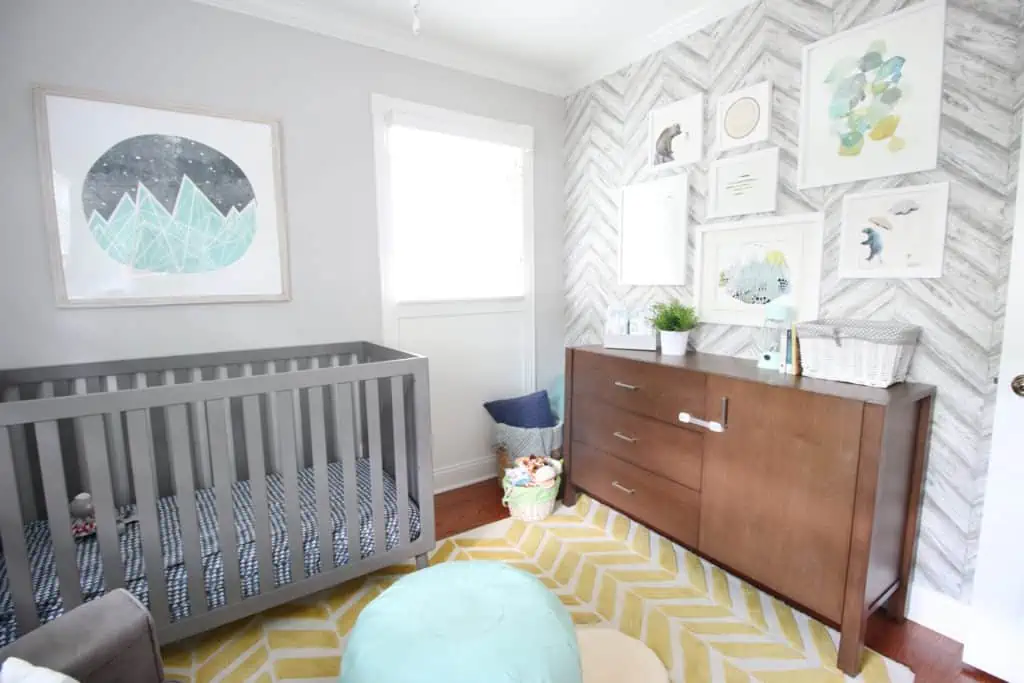




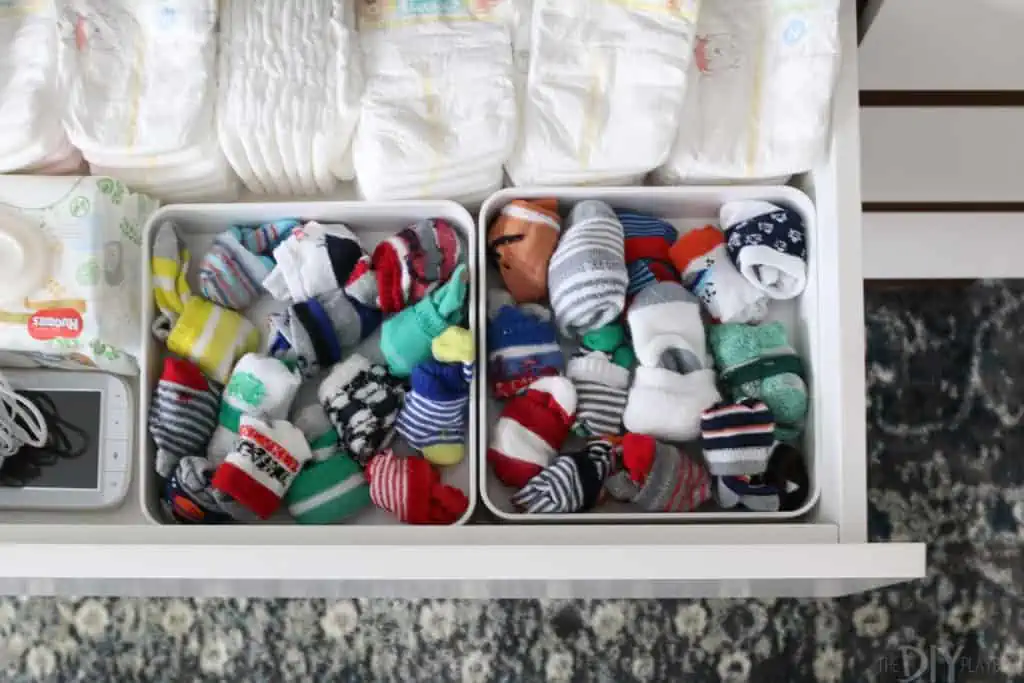
 The first thing we did was add hooks to the walls. Today, they work for a baby’s towel, but later on that same hook will be a perfect spot for your little one’s book bag.
The first thing we did was add hooks to the walls. Today, they work for a baby’s towel, but later on that same hook will be a perfect spot for your little one’s book bag.